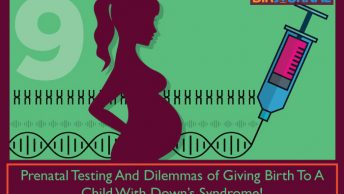It’s inevitable. As you age, your metabolism will slow and you’ll slowly start to get your very own “middle age spread.” This is simply common knowledge and many feel that there is simply no stopping the inevitable, so they simply buy a larger size and whine a bit more about that slowing metabolism.
But it doesn’t have to be that way.
Metabolism is often very misunderstood. It is seen as a magical force that burns calories and helps keep us trim. But every year is slows down just a bit more. But this isn’t magic – metabolism is driven by muscle and every year, your muscle mass is declining too.
Resting Metabolic Rate
Your resting metabolic rate (RMR) is responsible for more than half of the calories burned during the day. This means that while you are lounging on the couch or sleeping your body is hard at work using calories for energy. The more muscle you have, the more calories you burn – regardless of activity. Of course if you jog, walk or even scratch your head, you burn extra calories. The intensity of the activity drives the metabolic rate.
There are actually three things that make up metabolism. The first is the RMR. This one is driven by muscle mass. Everyone’s base metabolic rate is similar, but those with more muscle get more of it – this makes the difference. As we age, unless we take care of our muscles to keep them active and strong, they lose mass and affect our metabolism. This is also why crash diets usually fail. You lose muscle with a crash diet and then you lose metabolism, which means you don’t burn as many calories as you used to so you gain weight back more easily.
The second factor is the thermic effect of food (TEF.) This accounts for about 10% of what we ingest and burn. TEF is the energy used to make other energy. It’s the calories burned as the body burns other calories.
The final aspect is activity. The more active you are in a day, the more power you give your metabolism. This is the area that is most easily controlled, and it is the one that often does the most damage.
Fixing the Middle Age Spread
The middle age spread is not inevitable. It is simply the loss of muscle and the decrease in the related RMR. To stop a slowing metabolism in its tracks, you simply must increase your muscle and then maintain it.
You don’t have to become a body builder, or even get a gym membership – although you may want to. To build muscle all you have to do is work against resistance. Swim. Walk uphill. Climb stairs. The more active you are and the more muscle you have, the more likely you are to not only maintain your weight, but lose a bit of extra along the way.












